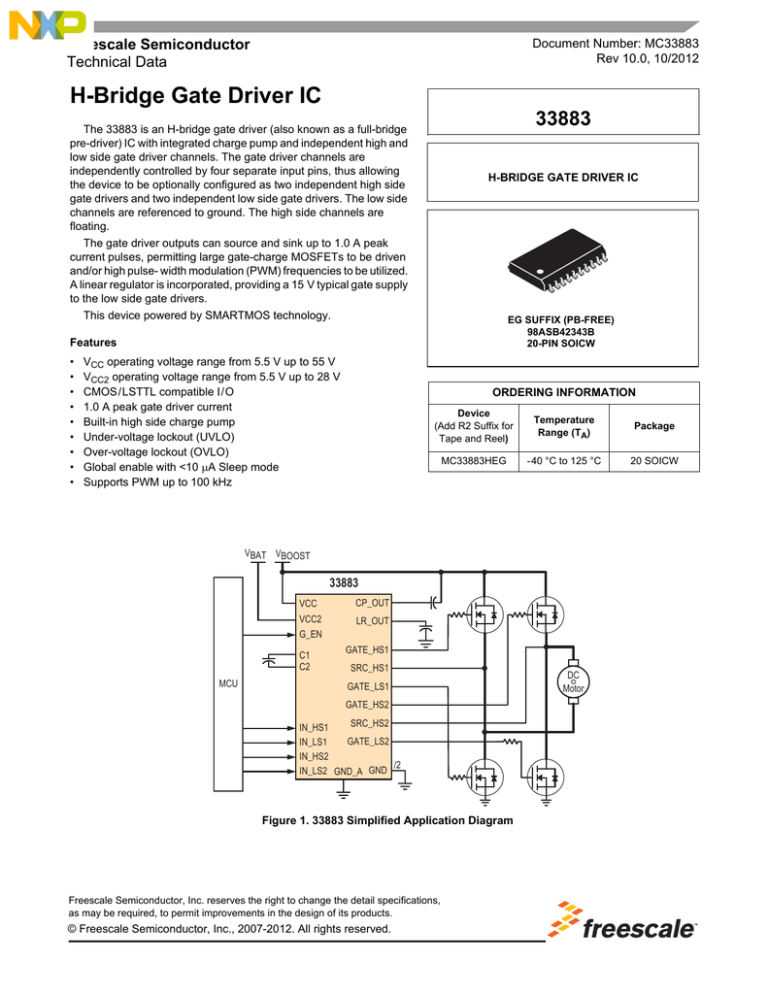
H bridge gate driver circuit drivers#
The drivers operate with a 3.0-V to 5.5-V input supply, providing compatibility with lower voltage systems. The CMOS-compatible inputs provide 50-kV/μs common-mode transient immunity. Switching at up to 1 MHz, the outputs can provide 4-A peak currents. The differential voltage between the high side and low side may be as high as 700 V PEAK. Each output may be continuously operated up to 565 V PEAK relative to the input, thereby supporting low-side switching to negative voltages. Combining high-speed CMOS with monolithic transformer technology, these isolation components provide precise timing, high reliability, and better overall performance than optocouplers or pulse transformers. The ADuM3223/ADuM4223 isolated half-bridge gate drivers, shown in Figure 8, use iCoupler ® technology to provide independent, isolated outputs for driving the gates of the high-side and low-side IGBT and MOSFET devices used in motor control, switching power supplies, and industrial inverters. An example of a capacitor-based isolator data upset is shown in Figure 6, where the output (Channel 4, green line) has glitched low for 6 ns during a common-mode transient of only 10 kV/μs. When the common-mode noise level becomes large enough to overwhelm the signal, it can upset the data at the isolator output.


With a two-terminal device, the signal frequencies need to be well above the expected frequency of the noise so that the barrier capacitance presents low impedance to the signal and high impedance to the noise. On the other hand, digital isolators that use capacitive coupling to create a changing electric field and transmit data across the isolation barrier are two-terminal devices, so the noise and the signal share the same transmission path. Transformer-based isolators, as four-terminal differential devices, can provide low differential impedance to the signal and high common-mode impedance to the noise-which can result in excellent CMTI. Digital isolators can deliver higher signal levels to their receivers and withstand very high levels of common-mode transients without data errors.


 0 kommentar(er)
0 kommentar(er)
